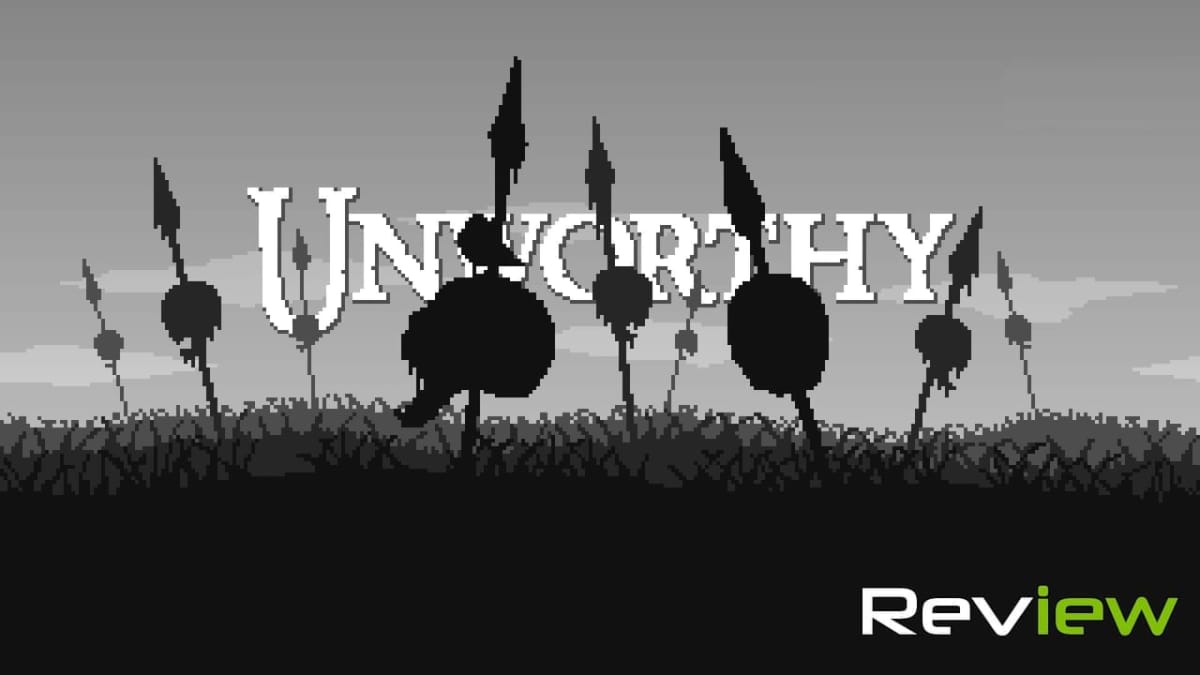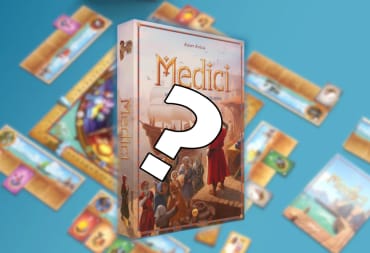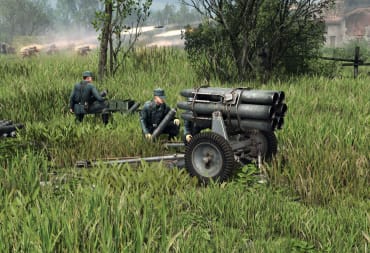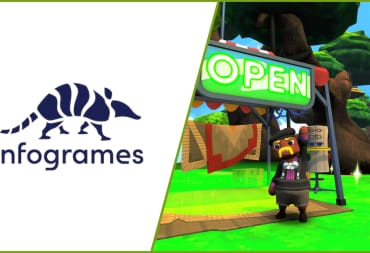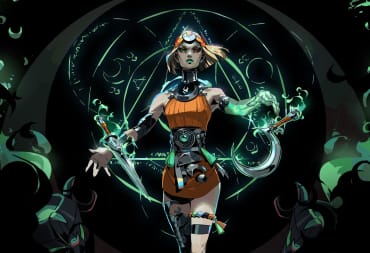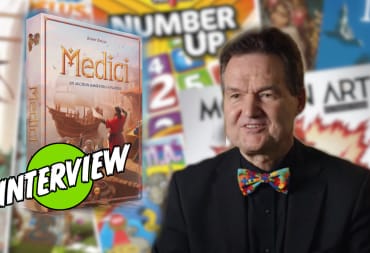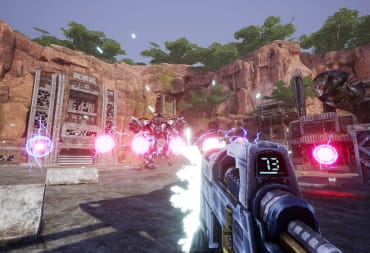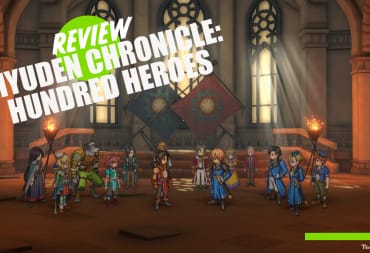Imitation, they say, is the sincerest form of flattery. We've seen that borne out quite a few times in the gaming sphere; one game's success inspires others to emulate it, after all, as we've seen with MOBAs, hero shooters, and other multiplayer genres. Over in single-player town, though, it seems nobody's quite so celebrated as Ser Dark Souls. From Software's flawed masterpiece was critically lauded, commercially successful and hugely influential, prompting the appearance of such luminaries (dubious or otherwise) as Deck13 Interactive's Lords of the Fallen and The Surge, as well as more Metroidvania-style pretenders like Salt and Sanctuary.
One such pretender to Dark Souls' ruined throne is Unworthy, a 2D Metroidvania title with strong influences from the Souls series which comes to us from Canada-based indie developer Aleksandar Kuzmanovic. Kuzmanovic's only previous title is arcade score-attack platformer Gunlock, which makes Unworthy quite the sidestep into unknown territory. Will Unworthy be a worthy addition to its genre, or will it die ignominiously amongst the graves of its lesser peers?

Unworthy is a Dark Souls-style game, so it's playing its narrative cards very close to the chest. This makes setting up the story a little difficult. Here's what we know for certain: the player wakes up in a ruined kingdom, and must journey through its maze-like structure, slaying its corrupted inhabitants and putting to rest the memory of its fall. Things are almost definitely more complicated than that, but without the requisite community-compiled lore encyclopedia to explain the plot and how all the pieces fit together, wild conjecture seems a little premature. All the elements are in place for an intriguing, complex story about sin, redemption, and corruption, but I just don't feel confident solving that puzzle without consensus.
Symbolism is writ large across the weather-beaten face of Unworthy; we have broken bells, encroaching "filth" which corrupts (though some of this kingdom's inhabitants seem to revel in it), "sin" which must be atoned for, and other such symbols suffused with meaning. It'll be intriguing to see what the community at large makes of the game and its narrative once it's been out for a while and the traditional Souls-esque fine-toothed comb has been raked through it a few times.
While we're on the subject of Dark Souls, let's quickly get the elevator pitch of Unworthy out of the way so we can start talking specifics. From Metroidvania games, Unworthy takes a gradually unfolding 2D map to explore, some areas of which are inaccessible until players obtain certain items. From Dark Souls, it takes...well...everything else. It might sound unkind to make such a strong comparison, but it's one Unworthy courts with welcome fervor.
Checkpoints take the form of "kilns", braziers alight with flickering flames which players must use to "brand" themselves (bond themselves to that particular checkpoint, in other words). There's a health bar, a stamina meter, health regeneration items which come back when players rest - I mean "brand themselves" - at bonfires (err, kilns), bosses with evocative names like "Narcoss, the Anvil" whose health bars spread themselves across the bottom of the screen, punishing, slow-paced combat...the list goes on. Again, this is in no way a criticism; Unworthy wears its influences proudly on its rune-etched sleeve, so whether the game succeeds is more down to how well it emulates its parent elements than whether it manages to carve an original identity out for itself. Happily, though, it actually does manage to do both, and only stumbles a few times along the way.
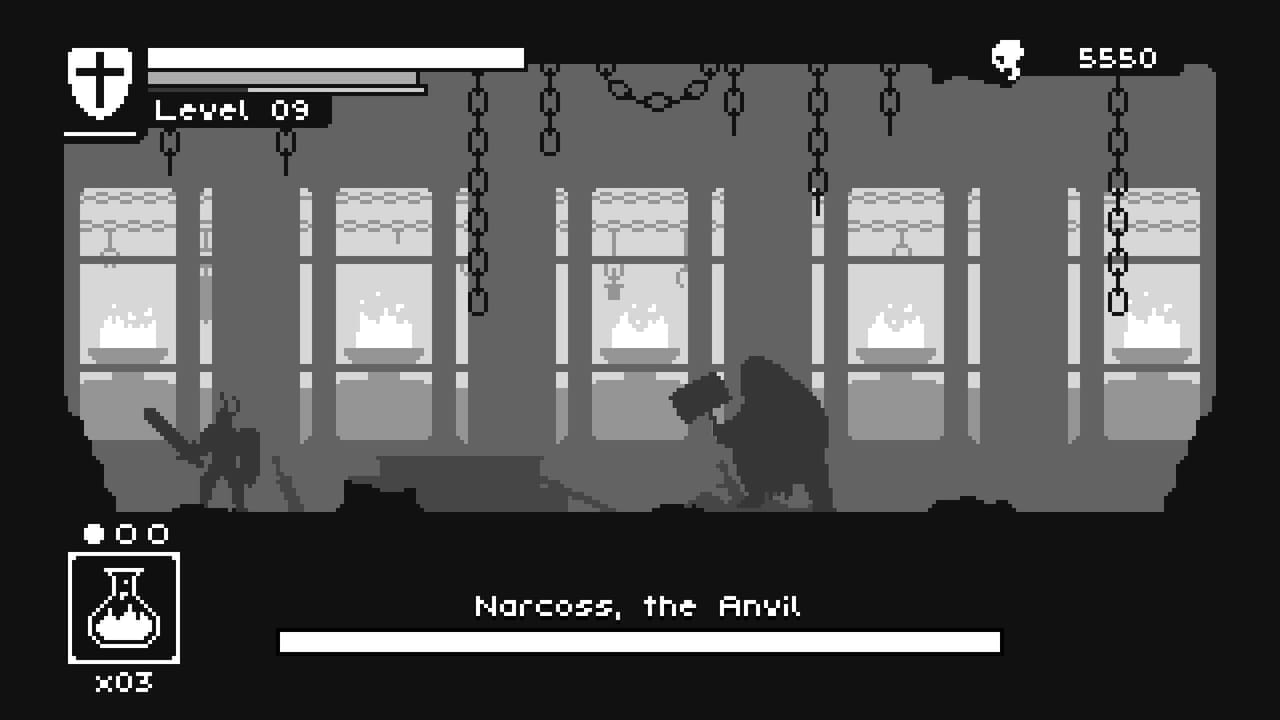
Perhaps the Dark Souls comparison alone is a little unkind. Unworthy's closest stablemate is probably Ska Studios' Salt and Sanctuary, which took that first unknowing stab into whether Dark Souls could work on a 2D plane, and more overtly emphasized the Metroidvania elements of From Software's flawed masterpiece. Unworthy does a similar thing, but it's an altogether more minimalist affair than S&S. Rather than emulate that game's (admittedly somewhat muted) expansive color palette, Unworthy opts instead for a stark black and white art style. The only color is a vibrant splash of red when blood is spilled. And spilled it so very frequently is.
There's no customizable armor, no choosing which stats increase on level up, no magic to speak of and none of Salt and Sanctuary's somewhat confusing Creed system (or indeed the Covenant system from Dark Souls). Instead, Unworthy opts for a pared-down version of both Metroidvania games and Souls-likes, a sort of back-to-basics handbook that emphasizes the strengths of both genres without, for the most part, succumbing to some of the weaknesses both genres can occasionally harbor.
The core gameplay loop of Unworthy will be familiar to anyone who's played either of the game's key influences. Players arrive in a new area, find a kiln with which to brand themselves, are beset by some of the area's more aggressive denizens, and slowly set about accumulating experience and dispatching said disgruntled citizens. Exploring the area rewards players with shortcuts back to the kiln, whether it be a door which "opens from the other side" (a phrase which finds its way to Unworthy entirely intact from Dark Souls), a lift or a ladder which can be kicked down to the floor below.
The usual variety of areas characteristic of a Metroidvania game is on display here, too; from the overgrown gardens of Thornvale to the crumbling interiors of the Venerable Spire, each area the player finds is well-distinguished from the previous one, so the boredom of repetition never rears its ugly head. It's a testament to the quality of the game's design, too, that the stark black-and-white art style doesn't intrude on this variety.
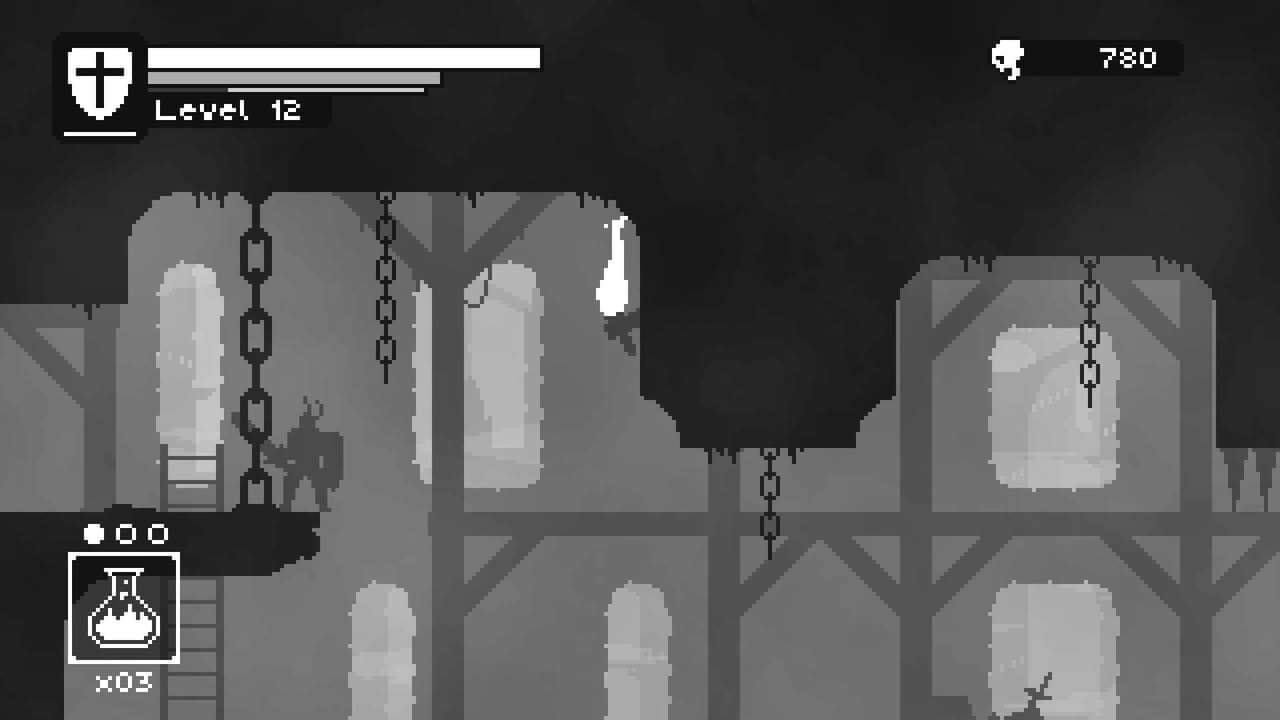
Unworthy manages to make each area look and feel different to the last despite its limited palette, so discovering new areas is always a joy. Level design is pretty strong; there's a bit of an overreliance on lengthy corridors, especially near the beginning of the game, but Unworthy quickly compensates for this with a few genuinely intriguing puzzle areas and clever platforming mechanics. Rather uniquely for Metroidvania titles, there's no jump button, but the game has been carefully and considerately designed around this feature, so it never feels like a hindrance.
For all of Unworthy's 11-hour play time, I never found myself wishing I could do anything the game didn't allow me to do while exploring. I will say that the visual design intrudes on exploration just a little from time to time; the Metroidvania elements of the game require players to use certain weapons to surpass certain obstacles, but it's just not always obvious where those obstacles are thanks to the minimalistic art style. This was never a hindrance to progress, though, and just required me to double-take in a few rooms before moving on, so live and let live.
The other side of the coin is combat, and the game places a rather heavy emphasis on this feature. Enemies that drop "sin" on death litter each area. This is a Dark Souls-esque resource which lets you purchase items from vendors or gain new "perks" from the "atonement" screen. Enemy attack patterns must be learned and countered; as per usual for this kind of game, the punishment for failure is quite a heavy chunk of your health bar.
It's very easy to get something like this wrong. I'm a very, very vocal critic of Deck13's The Surge for this very reason. In that game, the combat balance feels completely off, with poorly telegraphed attacks able to completely destroy a full health bar in less than a second. Unworthy's combat is chunky, satisfying and never so punishing that it feels unfair. It'll take some getting used to after Dark Souls: the block button is replaced by an automatic "you get this one for free" block every few seconds, reminding players to dodge next time (at least on the sword and shield weapon, anyway; other weapons have different special attacks). This never feels like the get-out-of-jail-free card it might, though, because enemies usually don't leave long before their next attack, so one free shot ain't gonna save your life.
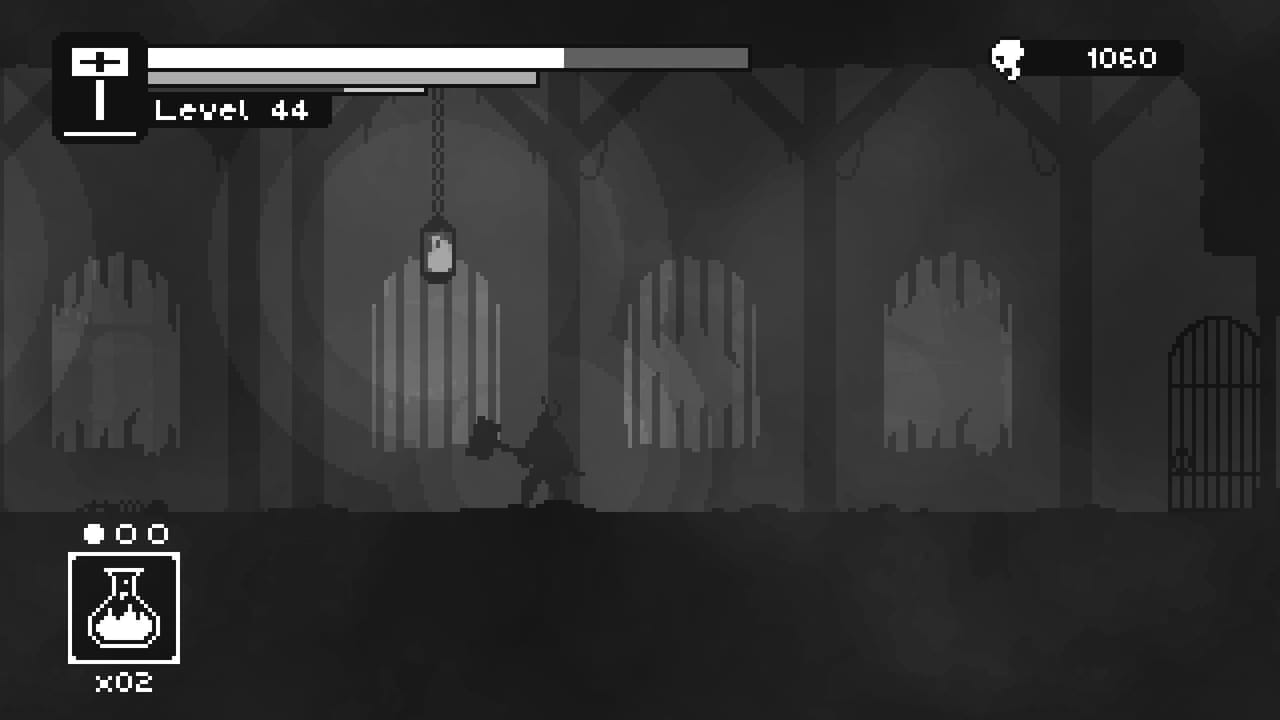
Unfortunately, combat is where the much-dreaded repetition I mentioned earlier does manage to find a clawhold. Enemy variety isn't huge, with many areas simply containing multiples of the same one or two enemies. Once you find a successful strategy, it's pretty much a matter of repeated implementation. In contrast, Dark Souls found a way to place familiar enemies in new and threatening situations, so nothing ever felt completely safe. Unworthy falls prey to the occasional "ugh, this guy again?" syndrome, which is unfortunate because its enemy design is excellent. Just like every character in the game, the enemies are all rendered in silhouette, including the bosses. This means each enemy absolutely needs to communicate what it does and how to defeat it with very little visual information to go on, and Unworthy succeeds in spades here.
Although individual areas repeat enemy patterns a little too much, each new batch of enemies boast a wonderful design. They exhibit that perfect balance of horror and tragedy that Dark Souls was so well-known for. The design isn't quite up to the standards of that venerable classic across the board, but there are definitely a few enemies and bosses that linger in the mind long after defeating them.
Brian Havey's excellent score permeates the entire game and aids both combat and exploration. There's music in pretty much every area (unlike Dark Souls) but it never feels intrusive. In particular, boss themes are brilliantly observed. They take the mournful cello and piano arrangements of Dark Souls and Bloodborne and transpose them effortlessly to the filth-encrusted world of Unworthy.
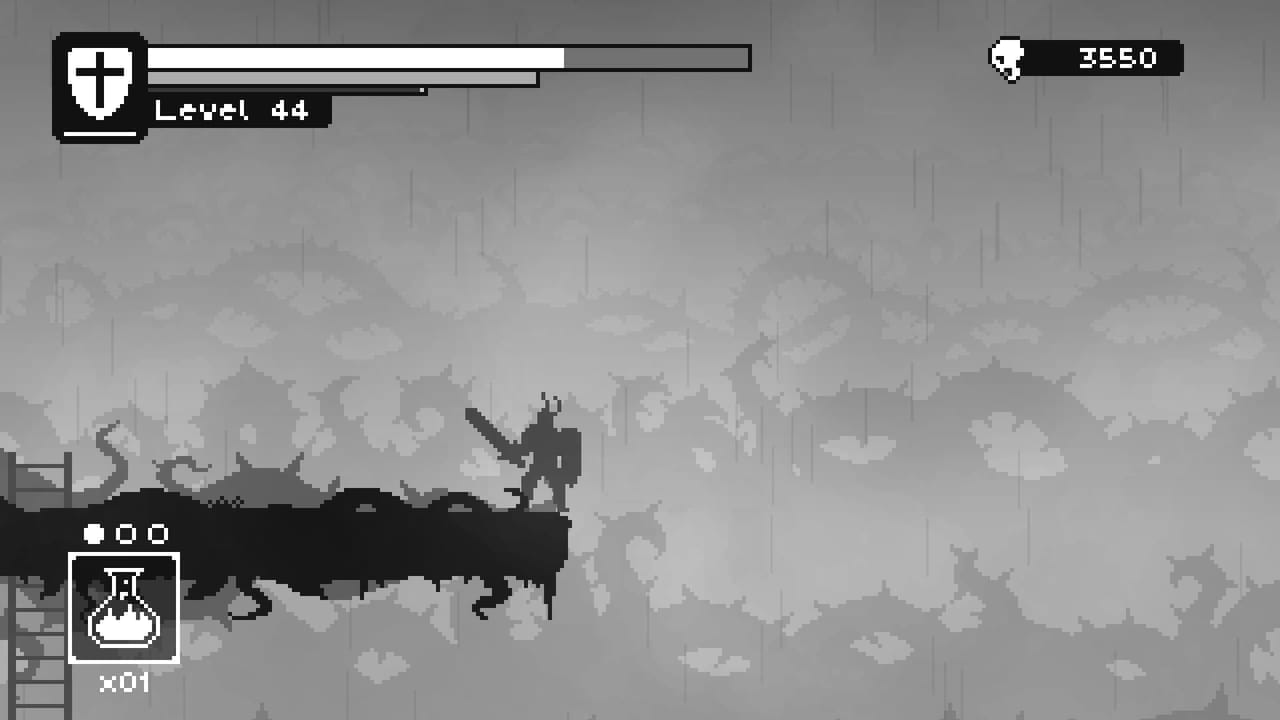
Unworthy Review | Final Thoughts
All told, Unworthy is an experience that's well worth your time. The art design is evocative and powerful, wringing every last drop of poignant ruin from the game's nameless kingdom and its tragic inhabitants. The gameplay is a well-structured mixture of exploration and combat, which complement each other well, creating a holistic whole that only occasionally slips into repetition. This isn't covering new ground, but Unworthy chooses to pare down proven successes to the barest of bones. If you're a Souls aficionado looking for a challenging, rewarding experience, but you'd rather not embark on another 40-plus-hour trek, then start right here. If you're new to the genre, Unworthy's fair difficulty and relatively well-signposted progression provide an excellent entry point into the genre.
Our Unworthy review was conducted on PC via Steam with a copy provided by the developer.
Review Summary
Pros
- Well-Balanced, Satisfying Combat
- Compelling Visual Style
- Excellent Music and Sound Design
Cons
- Repetition
- Minor Glitches
- Derivative Nature
Have a tip, or want to point out something we missed? Leave a Comment or e-mail us at tips@techraptor.net
